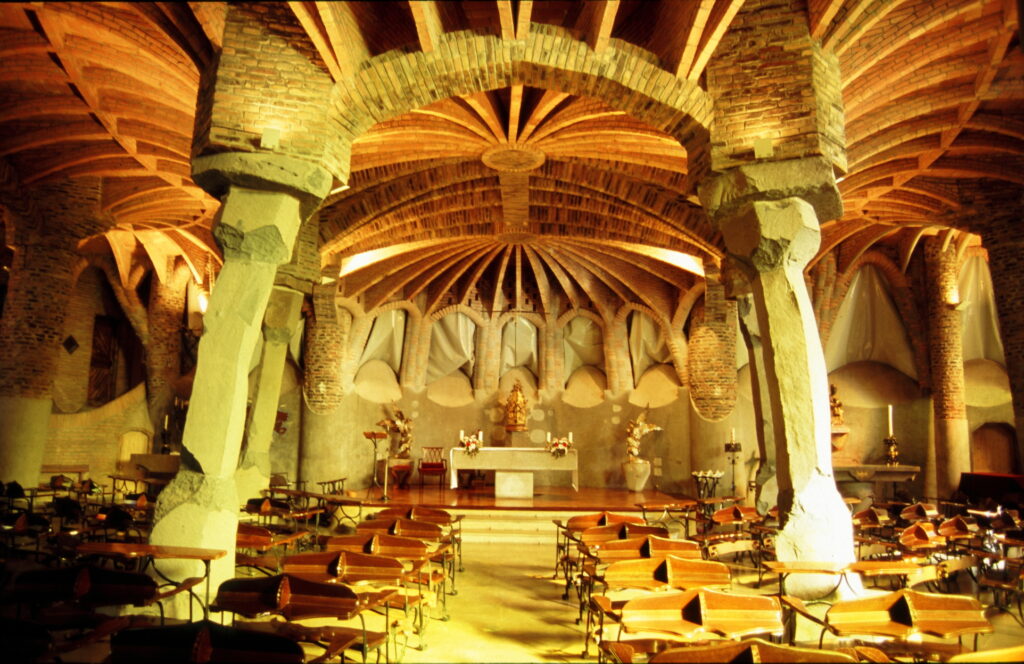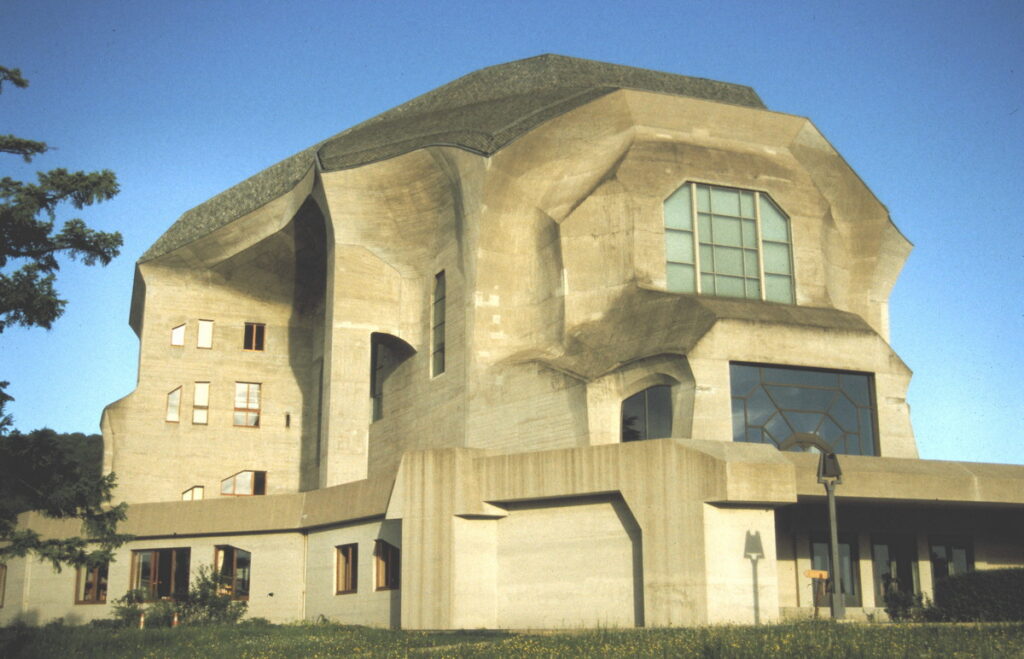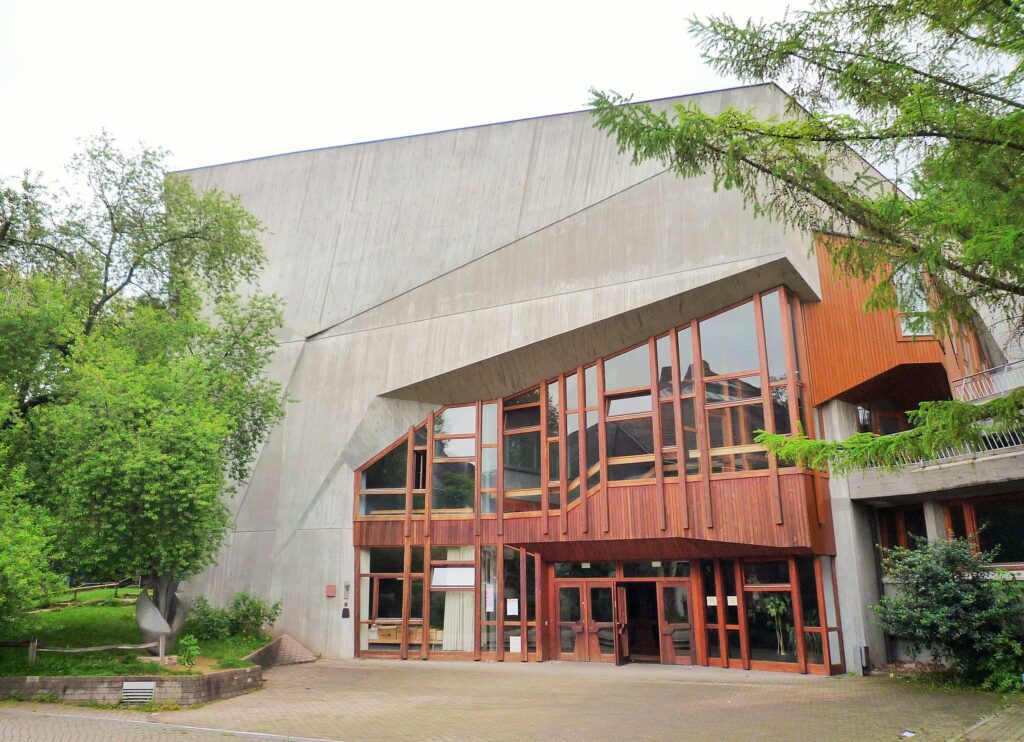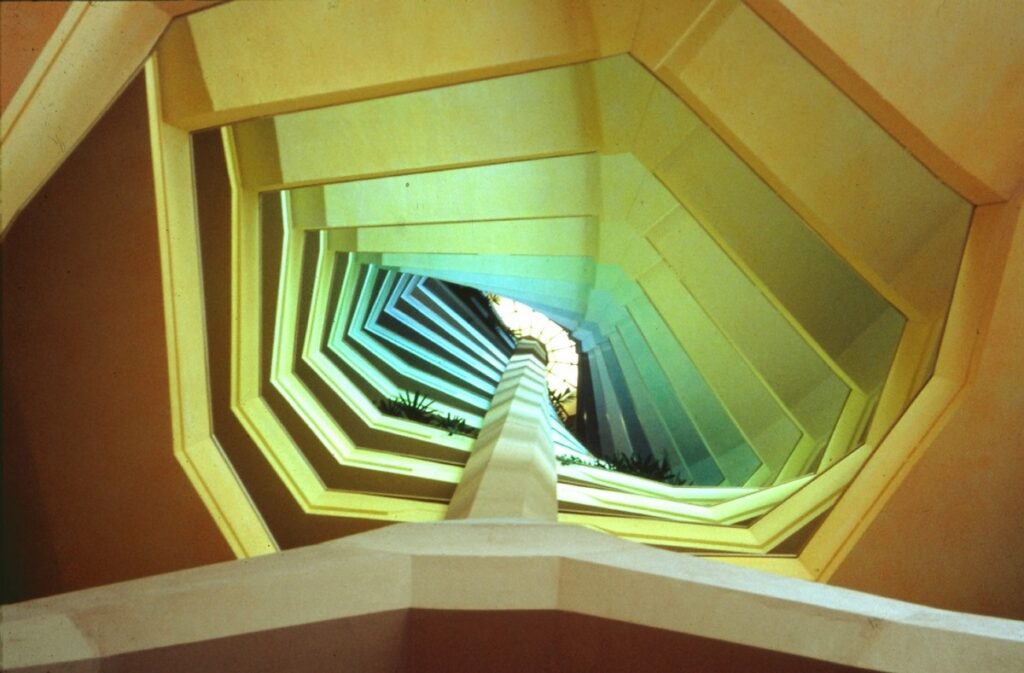Organic architecture
What is Organic Architecture?
The term organic architecture embraces a colourful variety of architectural approaches and expressions which developed in different places at the beginning of the 20th century. Pioneers such as Frank Lloyd Wright, Antoni Gaudí and Rudolf Steiner drew, each in their own way, inspiration from the principles of living nature. This often led to free and expressive forms. These where not meant as an imitation of nature, but to support people as living and creative beings.
Within the organic movement, architecture is not only seen as an expression of culture and society, but also as something that influences the inner and outer lives of people. In this sense, the human being is seen as a physical, psychological and spiritual entity, connected to its surroundings at all these levels.
At a time in which architecture is largely dominated by economics, technical possibilities and regulations, organic architecture strives for an integral approach that also comprises ecological aspects, cultural meaning and spirituality.
The Pioneers

Louis Sullivan (1856–1924) was one of the first to introduce the concept of ‘organic architecture’. After closely studying nature, he concluded that form always follows function and made this principle the guideline for his architectural designs. Moreover, he brought his geometrical building masses to life by means of a rich, organic ornamentation.

Antoni Gaudí (1852–1926) was the first to use a sculptural language of form in order to make the building appear alive. The forces acting in the construction form an important starting point for his specific form finding. At the end of his life, in the Sagrada Familia, he developed a geometry of the double-curved surface borrowed from nature.

Rudolf Steiner (1861–1925) introduced in architecture the principle of ‘metamorphosis’ that he derived from Goethe. This enabled him to express development processes that are inherent to nature, culture and the human consciousness. By contemplating these forms an awareness for interrelations and the ability to think in processes can be developed.

Frank-Lloyd Wright (1869–1959) broadened both the content and the language of organic architecture in many directions. He expanded the concept ‘organic’ to denote the relation between the building and its environment, the continuity of internal and external space and the use of building materials in accordance with their own nature.
The transformation of modernism
Organic architecture seemed to have expired at the end of the twenties. Several of its leading pioneers such as Sullivan, Steiner and Gaudí died and in Europe the economic recession plus the impending Second World War caused a general decline in building.
In the fifties and sixties however, organic architecture underwent an unexpected revival. It is remarkably that some of the pioneers of the modern movement brought about this revival. They transformed its initially rigid geometrical character into a more lively, organic direction. In some instances, such as with Le Corbusier, this was a surprising turn, in others, such as with Alvar Aalto and Hans Scharoun, a more gradual development occurred.

Organic architecture worldwide
During the last decades of the twentieth century organic architecture experienced a vigorous revival. A new generation of architects was inspired by the work of pioneers such as Wright and Steiner, but wed their ideas with local building traditions, new techniques and their own creative impulses. In this way, a new diversity of approaches and forms of expression have originated worldwide.





